Home>Interior Design>How To Wash A Silk Pillowcase: Laundry Experts Advise


Interior Design
How To Wash A Silk Pillowcase: Laundry Experts Advise
Modified: January 18, 2024
Learn how to properly wash a silk pillowcase with advice from laundry experts. Enhance your interior design with this essential care guide.
(Many of the links in this article redirect to a specific reviewed product. Your purchase of these products through affiliate links helps to generate commission for Storables.com, at no extra cost. Learn more)
Introduction
Silk pillowcases are not only a luxurious addition to your bedding ensemble but also provide numerous benefits for your hair and skin. They are known to reduce frizz, prevent hair breakage, and minimize the appearance of wrinkles and fine lines. However, caring for silk pillowcases requires a delicate touch to preserve their beauty and quality.
In this article, we will guide you through the process of washing silk pillowcases to ensure they maintain their softness and longevity. We’ll share expert tips and techniques for hand washing and machine washing, as well as advice on drying and ironing silk pillowcases. By following these recommendations, you’ll be able to keep your silk pillowcases fresh and luxurious for years to come.
Before we delve into the specifics of washing silk pillowcases, it’s important to understand why they require special care compared to other bedding materials.
Key Takeaways:
- Proper care for silk pillowcases is essential to maintain their luxurious feel and longevity. From hand washing with silk-friendly detergent to air drying away from direct heat, following specific guidelines ensures the preservation of their delicate fibers and exquisite texture.
- In addition to washing and drying techniques, storing silk pillowcases properly, avoiding contact with rough surfaces and skincare products, and changing them regularly contribute to their longevity. By implementing these tips, you can enjoy the benefits of silk pillowcases for years to come.
Read more: How To Wash Silk Pillowcases And Sheets
Why silk pillowcases are different
Silk is a delicate fabric that requires gentle treatment to avoid damage. Unlike cotton or synthetic materials, silk fibers are incredibly fine and delicate, making them more prone to fraying, shrinkage, and color fading. Additionally, silk is a natural protein-based fiber that can be easily damaged by harsh detergents and high heat.
Furthermore, silk pillowcases often come with specific care instructions provided by the manufacturer. It is essential to follow these instructions to prevent unintentional damage to the fabric. By taking the time to understand the unique properties of silk and using the appropriate washing techniques, you can maintain the luxurious feel and longevity of your silk pillowcases.
Now that we have a better understanding of why silk pillowcases require special care let’s move on to the necessary steps for washing them effectively.
Key Takeaways:
- Proper care for silk pillowcases is essential to maintain their luxurious feel and longevity. From hand washing with silk-friendly detergent to air drying away from direct heat, following specific guidelines ensures the preservation of their delicate fibers and exquisite texture.
- In addition to washing and drying techniques, storing silk pillowcases properly, avoiding contact with rough surfaces and skincare products, and changing them regularly contribute to their longevity. By implementing these tips, you can enjoy the benefits of silk pillowcases for years to come.
Read more: How To Wash Silk Pillowcases And Sheets
Why silk pillowcases are different
Silk pillowcases are a premium choice for those seeking ultimate comfort and luxury in their bedding. However, they require special care due to the unique properties of silk fabric. Understanding why silk pillowcases are different will help you ensure their longevity and maintain their exquisite feel.
Firstly, silk fibers are incredibly fine and delicate. Compared to other fabrics like cotton or polyester, silk fibers are much thinner and more sensitive, making them susceptible to damage. This delicacy is what gives silk its luxurious, smooth texture.
Secondly, silk is a natural protein fiber. The main component of silk is fibroin, which is produced by silk worms. This natural protein composition makes silk more prone to damage from chemical exposure, such as harsh detergents and bleach. It’s crucial to use gentle, silk-friendly products when washing silk pillowcases to avoid weakening the fibers and risking discoloration or loss of luster.
Thirdly, silk has temperature-sensitive properties. It can be negatively affected by high heat and extreme temperature changes. Excessive heat can cause silk fabric to shrink, lose its shape, or even break down the protein structure. Additionally, rapid changes in temperature, such as placing a hot iron directly on silk, can lead to irreversible damage.
Another factor that sets silk pillowcases apart is their ability to regulate moisture. Silk has a natural ability to absorb and release moisture, which helps to keep your skin and hair hydrated. This moisture-wicking property makes silk pillowcases an excellent choice for those with dry skin or frizzy hair. However, it also means that silk can be more prone to absorbing sweat, oils, and stains, making proper cleaning essential to maintain the freshness and cleanliness of silk pillowcases.
Lastly, silk pillowcases often come with specific care instructions from the manufacturer. These instructions may include recommendations for washing, drying, and ironing. It’s important to follow these instructions carefully to avoid damaging the fabric or voiding any warranty or guarantee provided by the manufacturer.
In summary, silk pillowcases require special care due to their delicate fibers, natural protein composition, temperature sensitivity, moisture-regulating properties, and specific manufacturer instructions. By understanding these unique qualities, you can take the necessary precautions and choose the appropriate cleaning methods to ensure the longevity and luxurious feel of your silk pillowcases.
Preparing silk pillowcases for washing
Before washing your silk pillowcases, it’s important to properly prepare them to ensure a successful cleaning process. Here are some steps to follow:
- Check the care instructions: Begin by carefully reading the care instructions provided by the manufacturer. Each silk pillowcase may have specific recommendations for washing, including water temperature, detergent type, and any additional precautions to take.
- Inspect for stains or spills: Examine the silk pillowcases for any visible stains or spills. It’s important to pre-treat these areas before washing to increase the likelihood of successful stain removal. You can use a gentle stain remover or a mixture of water and mild detergent to spot clean the affected areas.
- Remove any removable accessories: If your silk pillowcase has any removable accessories, such as buttons or decorative elements, unfasten or remove them before washing. This will prevent them from getting tangled or damaged during the washing process.
- Close all zippers or buttons: Ensure that all zippers or buttons are securely closed before washing. This will prevent them from snagging on other fabrics or becoming damaged in the washing machine.
- Separate by color: If you have multiple silk pillowcases in different colors, consider sorting them by color before washing. This will prevent any color bleeding or transfer during the cleaning process.
By following these steps, you can ensure that your silk pillowcases are well-prepared for the washing process, leading to effective cleaning and maintaining the quality of the fabric.
Hand washing silk pillowcases
Hand washing is the recommended method for cleaning silk pillowcases to ensure their delicate fibers are preserved. Here is a step-by-step guide to hand washing silk pillowcases:
- Fill a basin or sink with lukewarm water: Start by filling a basin or sink with lukewarm water. Avoid using hot water, as it can damage the silk fibers. The water temperature should be mild and comfortable to the touch.
- Add a silk-friendly detergent: Add a small amount of mild detergent specifically designed for delicate fabrics or silk. Avoid using harsh detergents, bleach, or any products containing enzymes, as these can damage the silk fibers. Gently swirl the water to disperse the detergent.
- Submerge the silk pillowcases: Carefully place the silk pillowcases into the basin, ensuring they are completely submerged in the soapy water. Gently agitate the water with your hands to ensure even distribution of the detergent.
- Gently wash the pillowcases: Using a gentle motion, softly rub the silk pillowcases together, paying extra attention to any stained or soiled areas. Avoid twisting, wringing, or scrubbing aggressively, as this can damage the delicate silk fibers.
- Rinse with clean water: Once the pillowcases are clean, drain the soapy water and refill the basin or sink with clean, lukewarm water. Submerge the pillowcases and gently swish them around to rinse off any remaining detergent.
- Squeeze out excess water: Gently lift the silk pillowcases from the water and carefully squeeze out the excess water. Avoid twisting or wringing them, as this can cause the fabric to become misshapen or damaged.
- Place on a clean towel: Lay a clean, absorbent towel on a flat surface. Place the silk pillowcases on the towel and roll them up together, pressing gently to remove more water. The towel will help absorb moisture from the fabric.
- Reshape and air dry: After removing the pillowcases from the towel, gently reshape them into their original shape. Avoid stretching or pulling the fabric. Arrange the silk pillowcases flat on a drying rack or clean, ventilated surface, away from direct sunlight or heat sources. Allow them to air dry completely.
By following these steps, you can effectively hand wash your silk pillowcases, ensuring they remain clean and undamaged.
When washing a silk pillowcase, use a gentle detergent and cold water. Hand wash or use the delicate cycle in the washing machine. Avoid wringing or twisting the fabric, and air dry to maintain the silk’s luster and softness.
Read more: What To Look For In A Silk Pillowcase
Machine washing silk pillowcases
While hand washing is the preferred method for cleaning silk pillowcases, machine washing can be suitable for certain types of silk fabrics. Here are the steps to safely machine wash silk pillowcases:
- Check the care instructions: Verify that the silk pillowcases are suitable for machine washing by checking the care instructions provided by the manufacturer. Some silk fabrics may not be machine washable or require specific settings.
- Sort by color and fabric type: Separate your silk pillowcases from other laundry items and sort them by color and fabric type. This prevents color bleeding and potential damage caused by different fabrics rubbing against each other during the wash cycle.
- Place in a mesh laundry bag: To protect the delicate silk fabric from excessive agitation, place the silk pillowcases inside a mesh laundry bag. This will help prevent tangling, snags, or damage from other garments during the wash cycle.
- Use a gentle cycle: Select the delicate or gentle cycle on your washing machine to minimize the risk of damage to the silk fabric. Avoid using the regular or heavy-duty cycles, as they can be too harsh for silk.
- Use a mild detergent: Add a small amount of mild detergent specifically formulated for delicate fabrics, such as silk or wool. Avoid using bleach, enzyme-based detergents, or fabric softeners, as they can harm the silk fibers. Follow the instructions on the detergent label for the appropriate amount to use.
- Wash in cold water: Set the water temperature to cold or the lowest setting available. Cold water helps preserve the integrity of the silk fibers and prevents shrinkage or color fading.
- Avoid spin cycle and excessive agitation: Once the machine washing cycle is complete, remove the silk pillowcases from the machine immediately. Avoid using the spin cycle, as it can cause the fabric to become misshapen or stretched. Excessive agitation can also damage the delicate fibers, so handle them with care.
- Squeeze out excess water: Gently squeeze out any excess water from the silk pillowcases. Avoid wringing, twisting, or pulling the fabric, as this can cause damage or distortion.
- Reshape and air dry: Lay the silk pillowcases flat on a clean towel or drying rack to air dry. Avoid using a clothesline, as it can leave creases or marks on the fabric. Keep the pillowcases away from direct sunlight or heat sources to prevent color fading or damage.
By following these steps, you can safely machine wash your silk pillowcases, ensuring they come out clean and well-maintained.
Drying silk pillowcases
Properly drying silk pillowcases after washing is crucial to maintain their shape, softness, and overall quality. Here are the recommended steps for drying silk pillowcases:
- Gently remove excess water: After washing, gently squeeze out any remaining water from the silk pillowcases. Avoid twisting, wringing, or pulling the fabric, as this can cause damage or misshaping.
- Do not wring or twist: It’s important to avoid wringing or twisting silk pillowcases, as this can stretch or distort the delicate fabric. Instead, handle them with care and focus on gently removing excess water.
- Do not tumble dry: Silk pillowcases should never be placed in a dryer. The high heat and vigorous tumbling can cause the fabric to shrink, lose its lustre, or even become damaged. Opt for air drying instead.
- Lay flat to dry: Lay the silk pillowcases flat on a clean, dry towel or on a drying rack. Smooth out any wrinkles or creases by gently patting and reshaping the fabric with your hands. Ensure that the pillowcases are evenly spread out to allow proper airflow.
- Avoid direct sunlight or heat: Place the drying silk pillowcases away from direct sunlight and heat sources, such as radiators or heating vents. Exposure to excessive heat or sunlight can cause the silk fabric to fade, lose its softness, or become brittle over time.
- Allow ample drying time: Silk pillowcases require more time to air dry compared to other fabrics due to their delicate nature. Be patient and allow the pillowcases to air dry naturally. Depending on the environmental conditions, this process may take several hours or overnight.
- Check for complete dryness before use: Before using your silk pillowcases again, ensure that they are completely dry. Check both sides and corners to ensure that no moisture remains. Using damp silk pillowcases can lead to an unpleasant odor or potential mildew growth.
By following these steps, you can safely dry your silk pillowcases, helping to maintain their softness, shape, and overall quality.
Ironing silk pillowcases
Ironing silk pillowcases can help restore their smoothness and remove any wrinkles or creases that may have formed during the washing and drying process. However, it’s crucial to take caution and follow specific guidelines to prevent damage to the delicate silk fabric. Here are the steps for ironing silk pillowcases:
- Check the care label: Before ironing silk pillowcases, always refer to the care label or manufacturer’s instructions. Some silk fabrics may not be suitable for ironing or may require specific ironing settings.
- Adjust the iron: Set your iron to the lowest heat setting suitable for silk fabrics. Avoid using high heat, as it can scorch or damage the silk fibers. If your iron has a silk or delicate fabric setting, that would be ideal for ironing silk pillowcases.
- Use a pressing cloth: To protect the silk fabric from direct contact with the iron, place a clean, lightweight cotton or muslin cloth over the pillowcases. This acts as a barrier and prevents direct heat from damaging the silk fibers.
- Iron gently and in sections: Start ironing the silk pillowcases using gentle, even strokes. Begin at one edge or corner and gradually work your way across the fabric, ironing in small sections. Keep the iron moving to avoid concentrating heat on one area for too long.
- Avoid steam: Silk pillowcases should not be steamed while ironing. Steam can cause moisture to seep into the fabric, potentially leading to water stains or distortion. Stick to dry ironing only.
- Pay attention to details: Take care when ironing any decorative elements, such as buttons or embroidery, on the silk pillowcases. Iron around these areas carefully, ensuring not to flatten or damage the embellishments.
- Do not iron excessive heat-sensitive trims: If your silk pillowcases have trims or accents that are highly heat-sensitive, such as lace or delicate ribbons, avoid ironing directly on these areas. Instead, focus on ironing the main silk fabric while protecting the trims with the pressing cloth.
- Hang or lay flat after ironing: Once you have finished ironing a section of the silk pillowcases, hang them on a padded hanger or lay them flat on a clean surface to let them cool down and fully set their smooth shape.
By following these steps and using a gentle touch, you can effectively and safely iron your silk pillowcases, restoring their elegance and smoothness.
Other tips for caring for silk pillowcases
Aside from washing, drying, and ironing, there are additional tips and practices you can follow to maintain the beauty and longevity of your silk pillowcases. Here are some helpful tips for caring for silk pillowcases:
- Store silk pillowcases properly: When not in use, store silk pillowcases in a cool, dry place away from direct sunlight. Avoid folding or storing them in tight spaces to prevent creasing or deformation. Consider using a breathable fabric storage bag or a clean pillowcase to protect them from dust and dirt.
- Avoid contact with rough surfaces: To prevent snags or pulls, be mindful of the surfaces your silk pillowcases come into contact with. Avoid placing them on rough or abrasive materials, such as unfinished wood or textured surfaces. Use caution when sitting or lying on them to avoid friction against rough fabrics or jewelry.
- Avoid contact with skincare products: Keep silk pillowcases away from direct contact with skincare products, such as creams, lotions, or oils. These products can leave stains or residue on the fabric that may be difficult to remove. Allow enough time for skincare products to fully absorb into the skin before resting your head on the silk pillowcases.
- Change your pillowcase regularly: To maintain optimal cleanliness and hygiene, it’s recommended to change your silk pillowcases at least once a week. Regularly washing and changing your silk pillowcases helps prevent the buildup of oils, dirt, and sweat, keeping them fresh and conducive to a good night’s sleep.
- Avoid using harsh chemicals: Refrain from using bleach, fabric softeners, or harsh cleaning chemicals on your silk pillowcases. These products can damage the silk fibers, diminish their softness, and affect the vibrant color of the fabric. Opt for gentle, silk-friendly detergents and spot treat stains using mild methods.
- Handle with clean hands: Before touching your silk pillowcases, ensure your hands are clean and free of any oils, lotions, or creams. This prevents the transfer of dirt, oils, or residues onto the fabric, preserving its cleanliness and maintaining its luxurious feel.
- Avoid direct contact with hair products: Silk pillowcases are known for their hair-friendly properties, so avoid applying excessive hair products, such as leave-in conditioners or serums, directly onto the silk fabric. These products can leave stains or residues and may require additional cleaning or spot treatment.
- Consider professional silk cleaning: If you’re unsure about washing or caring for your silk pillowcases at home, or if they have stubborn stains or require special attention, consider taking them to a professional cleaner experienced in handling silk fabrics. They will have the expertise and tools to effectively clean and care for your silk pillowcases.
By implementing these tips, you can ensure that your silk pillowcases remain in optimal condition, providing you with lasting comfort and luxury.
Read more: What Is The Best Silk Pillowcase
Conclusion
Silk pillowcases are a luxurious addition to any bedding ensemble, providing numerous benefits for both your hair and skin. Caring for silk pillowcases requires a delicate touch and special consideration due to the unique properties of silk fabric. By following the proper washing, drying, and ironing techniques, as well as incorporating other tips for caring for silk pillowcases, you can maintain their softness, beauty, and longevity.
When preparing silk pillowcases for washing, check the care instructions and inspect for any stains or spills that may need pre-treatment. Hand washing silk pillowcases is the recommended method, using lukewarm water, mild detergent, and gentle agitation. For those silk pillowcases suitable for machine washing, use a mesh laundry bag, a delicate cycle, and a silk-friendly detergent.
After washing, it’s important to properly dry silk pillowcases. Avoid using a clothes dryer and instead lay them flat on a towel or drying rack, away from direct sunlight and heat sources. Ironing silk pillowcases can help remove wrinkles, but always use the lowest heat setting and a pressing cloth to protect the fabric.
In addition to these steps, properly storing silk pillowcases, avoiding rough surfaces and contact with skincare products, and changing them regularly are important aspects of caring for silk pillowcases. Handling silk pillowcases with clean hands and avoiding harsh chemicals and excessive hair products also contribute to their longevity.
Remember, the delicate nature of silk requires careful attention and maintenance to ensure the continued beauty and durability of your silk pillowcases. By following these tips and guidelines, you can enjoy the luxurious benefits of silk pillowcases for years to come.
Frequently Asked Questions about How To Wash A Silk Pillowcase: Laundry Experts Advise
Was this page helpful?
At Storables.com, we guarantee accurate and reliable information. Our content, validated by Expert Board Contributors, is crafted following stringent Editorial Policies. We're committed to providing you with well-researched, expert-backed insights for all your informational needs.
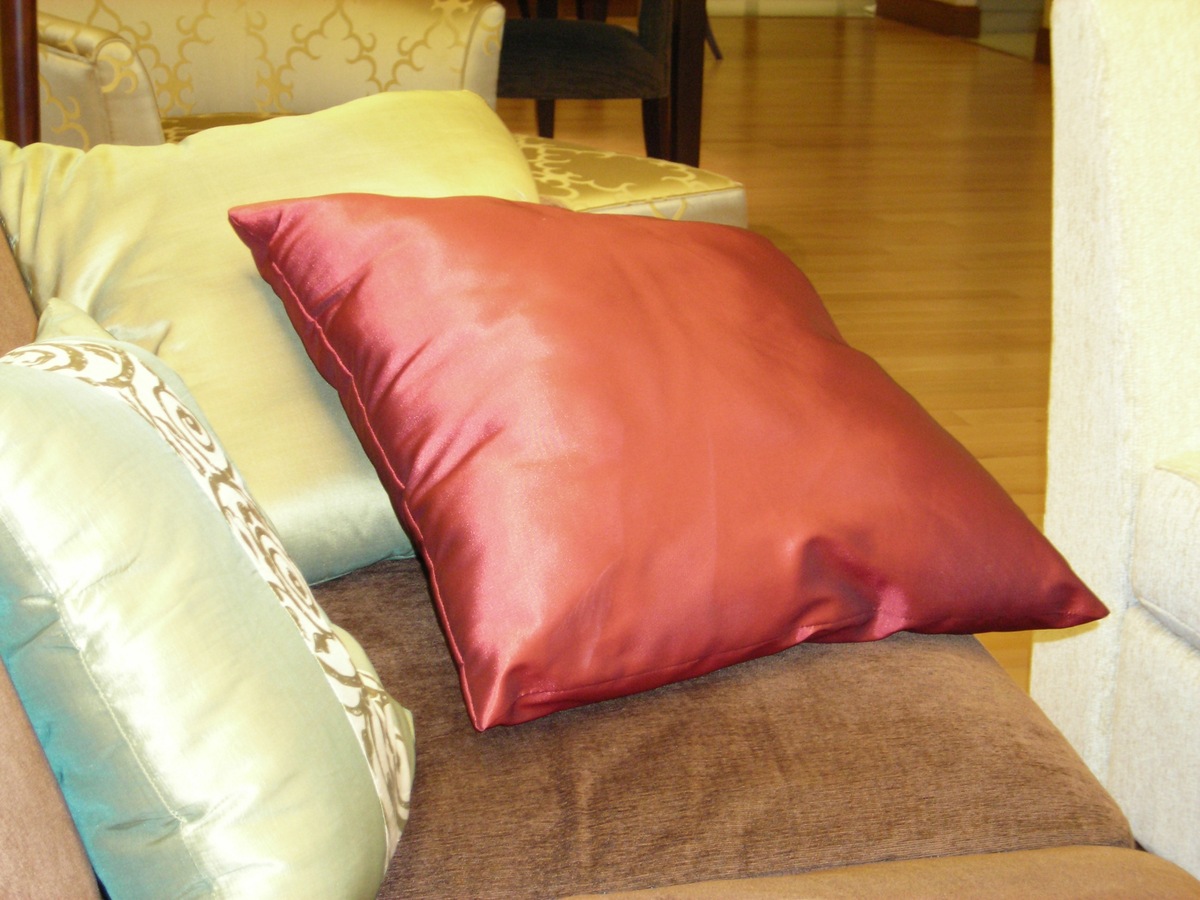


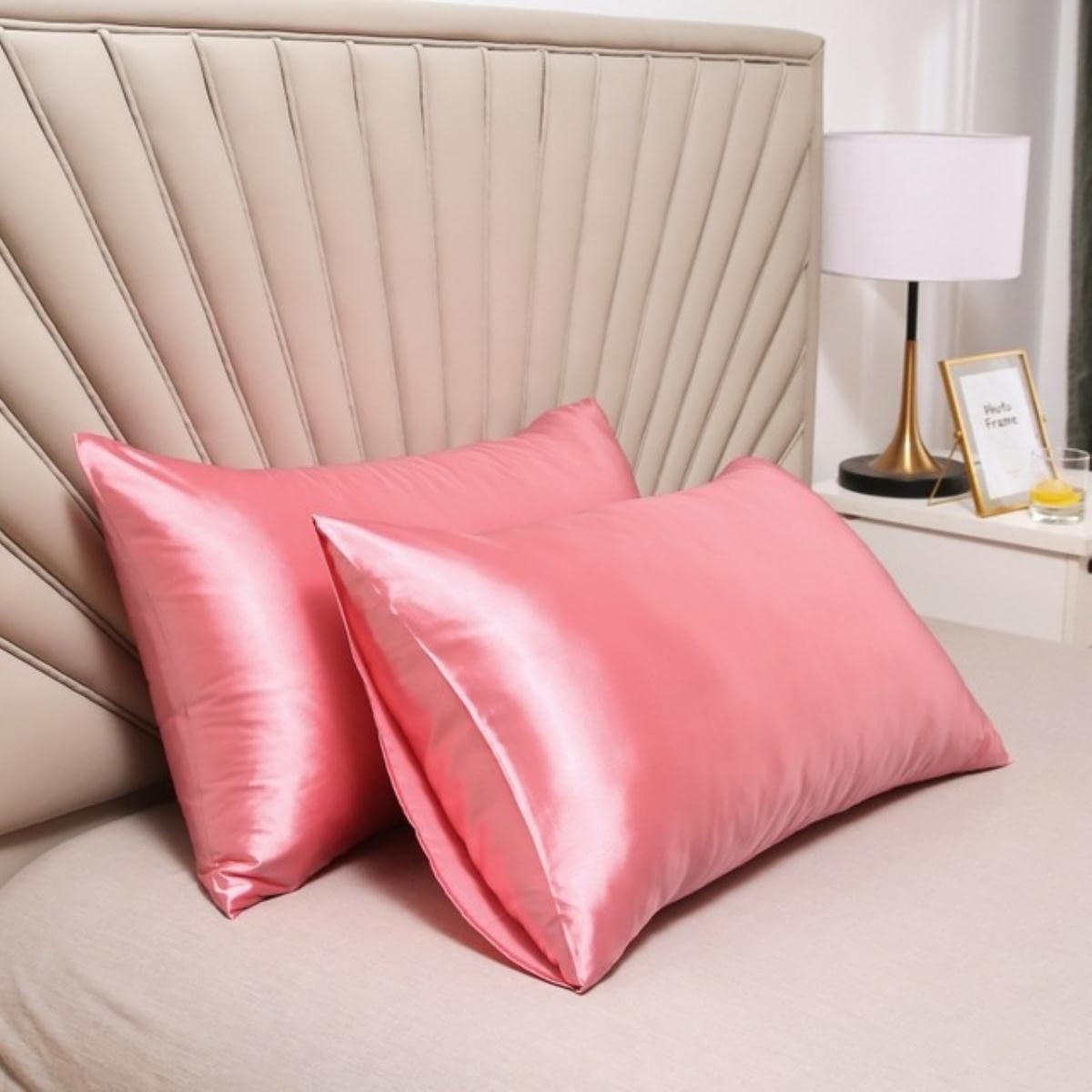
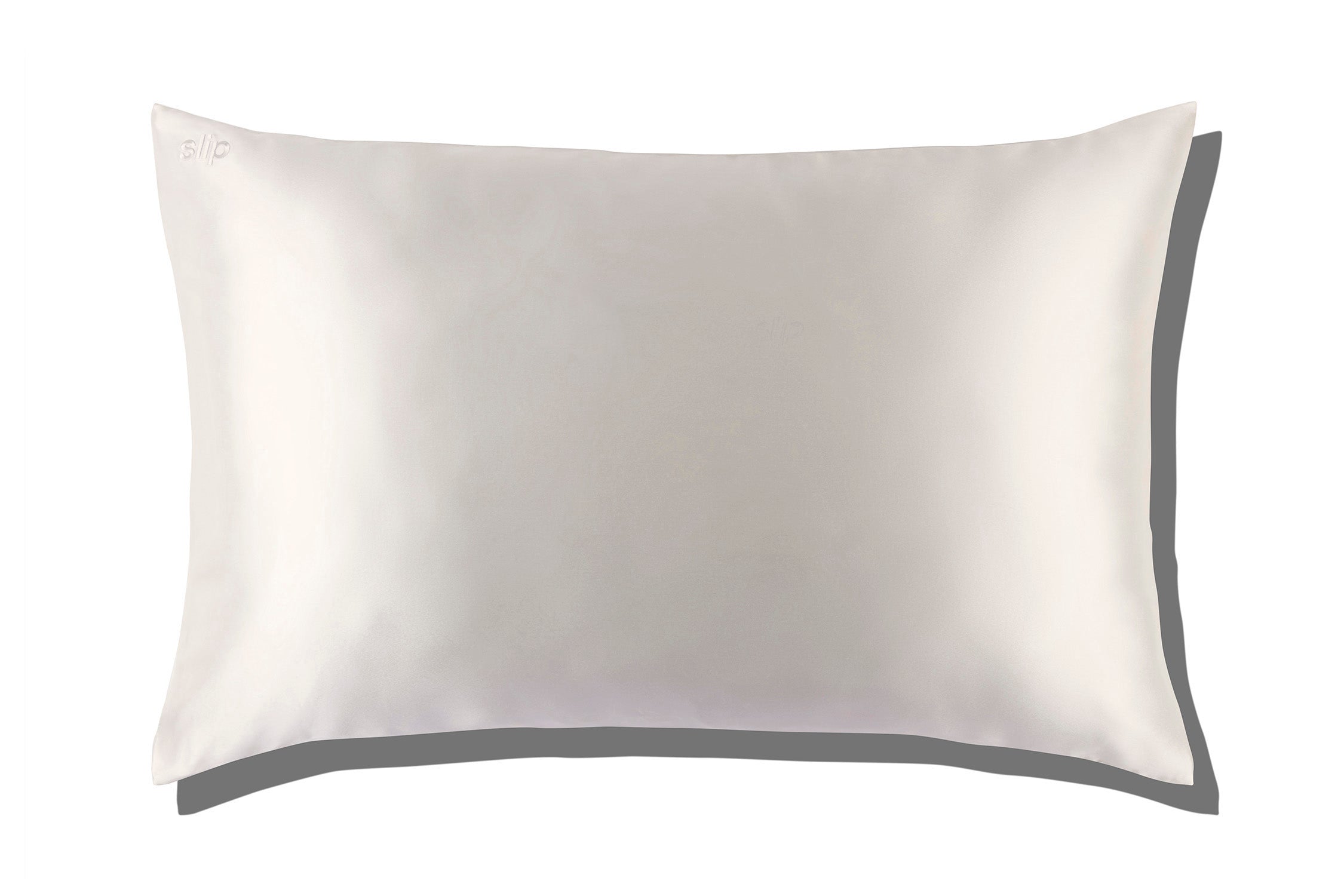
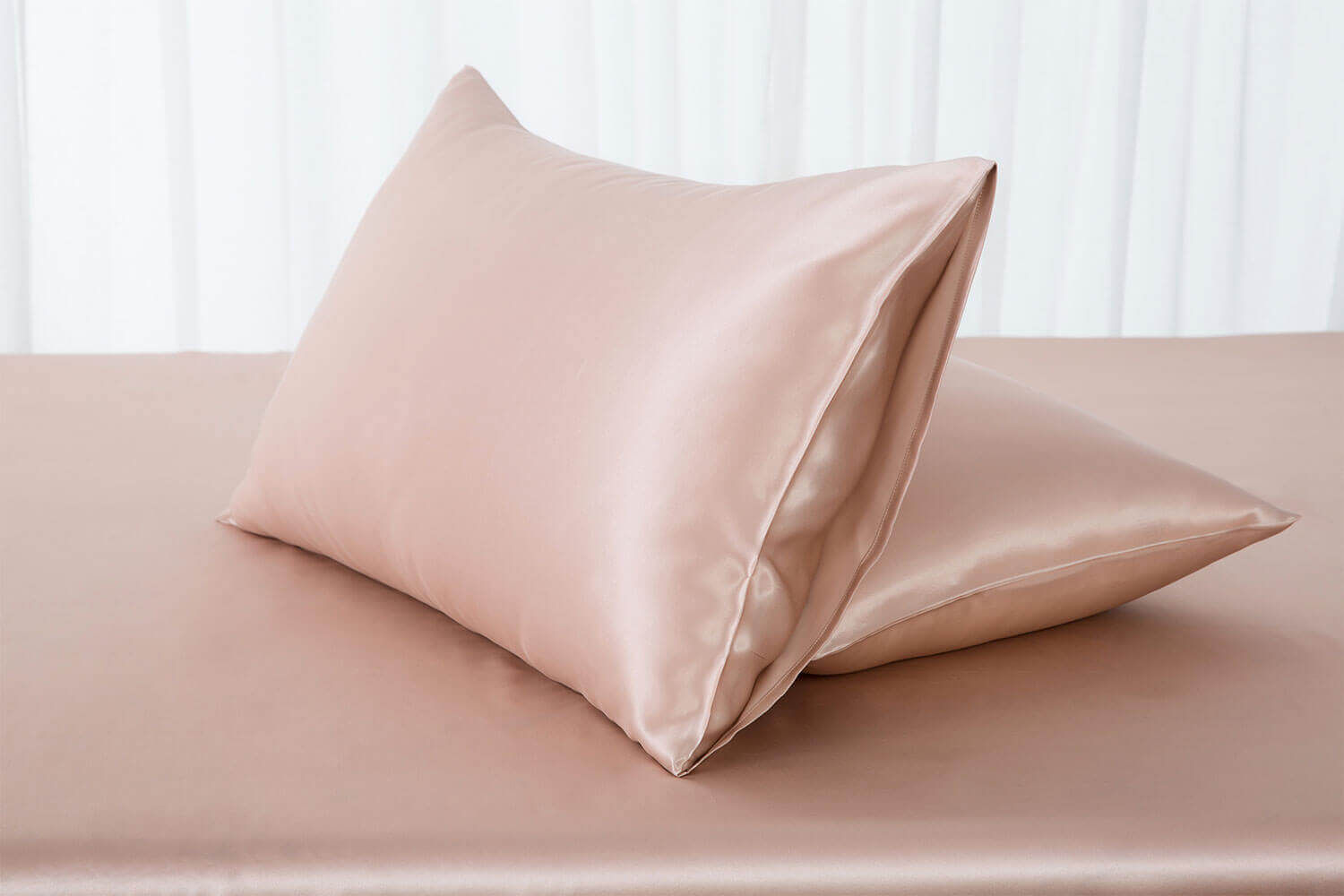
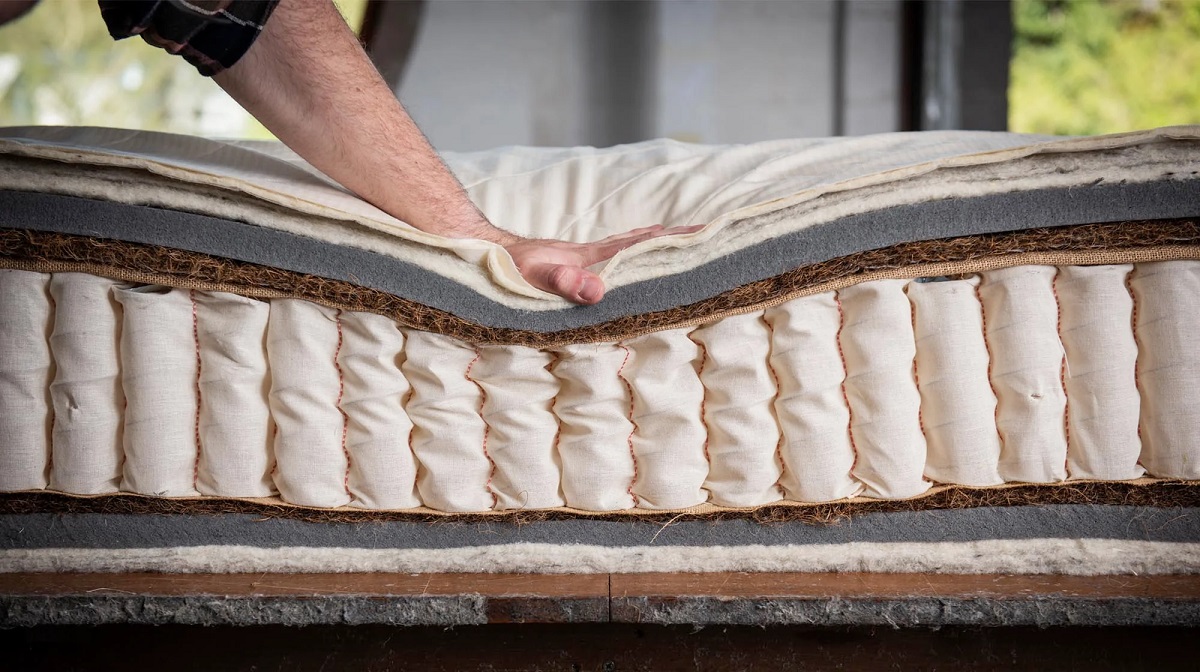
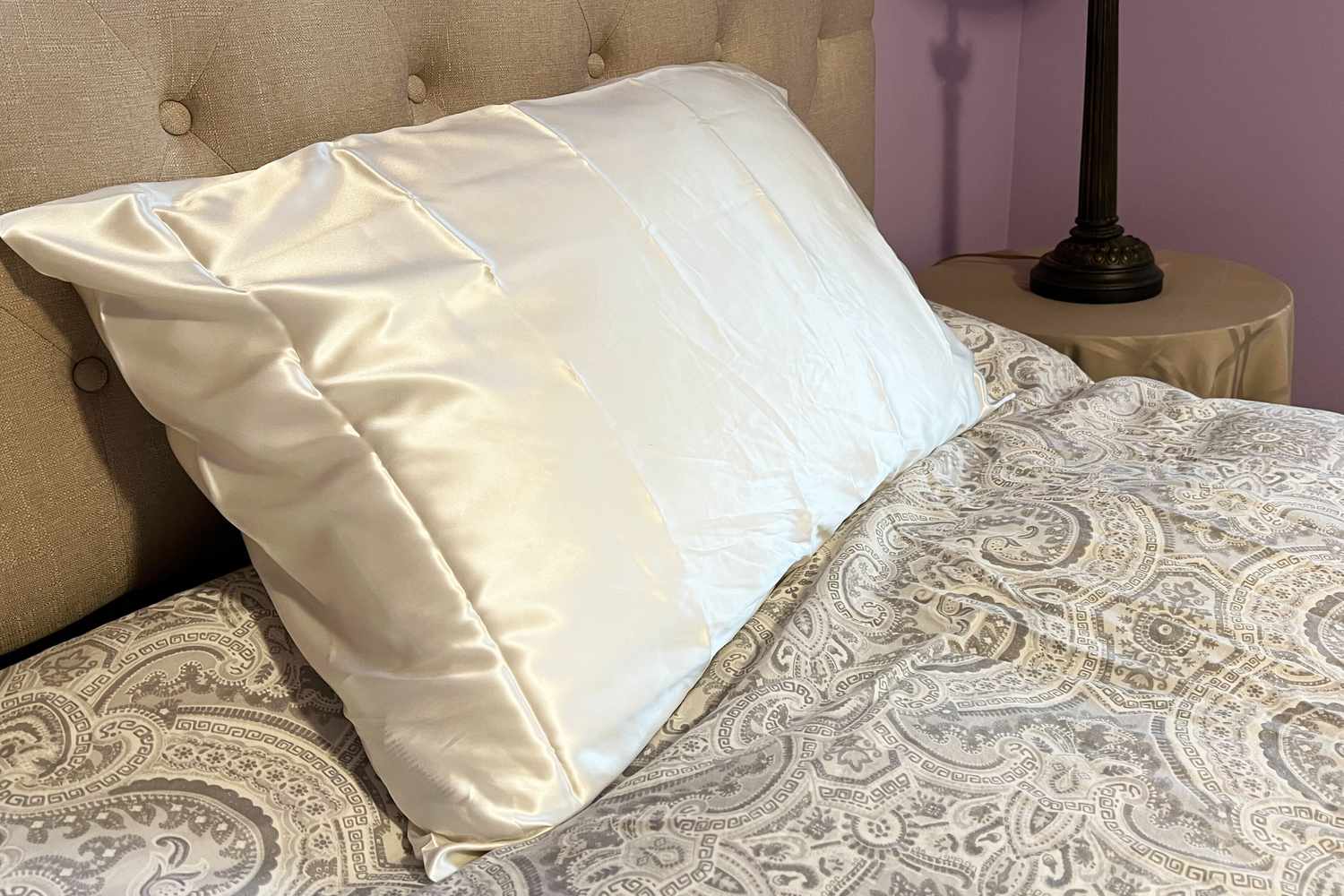
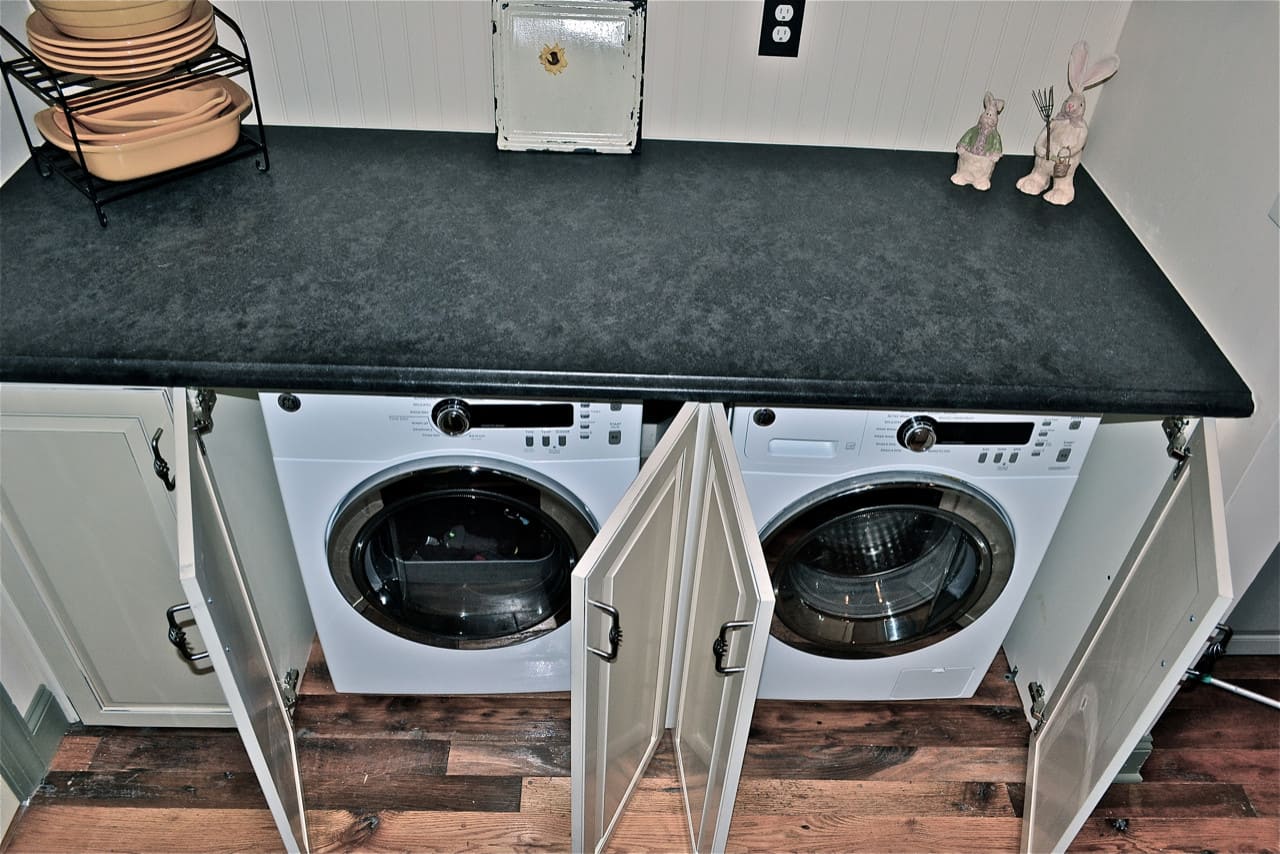
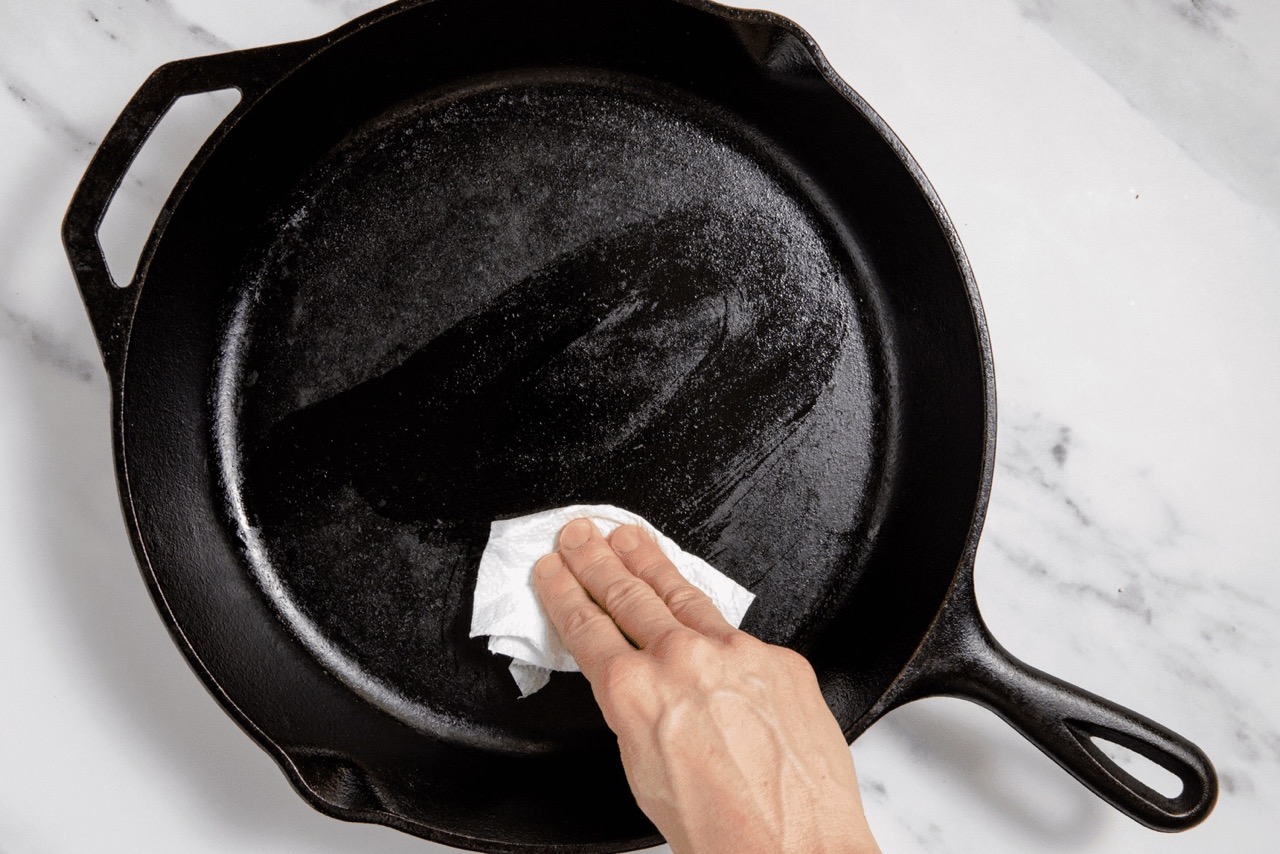
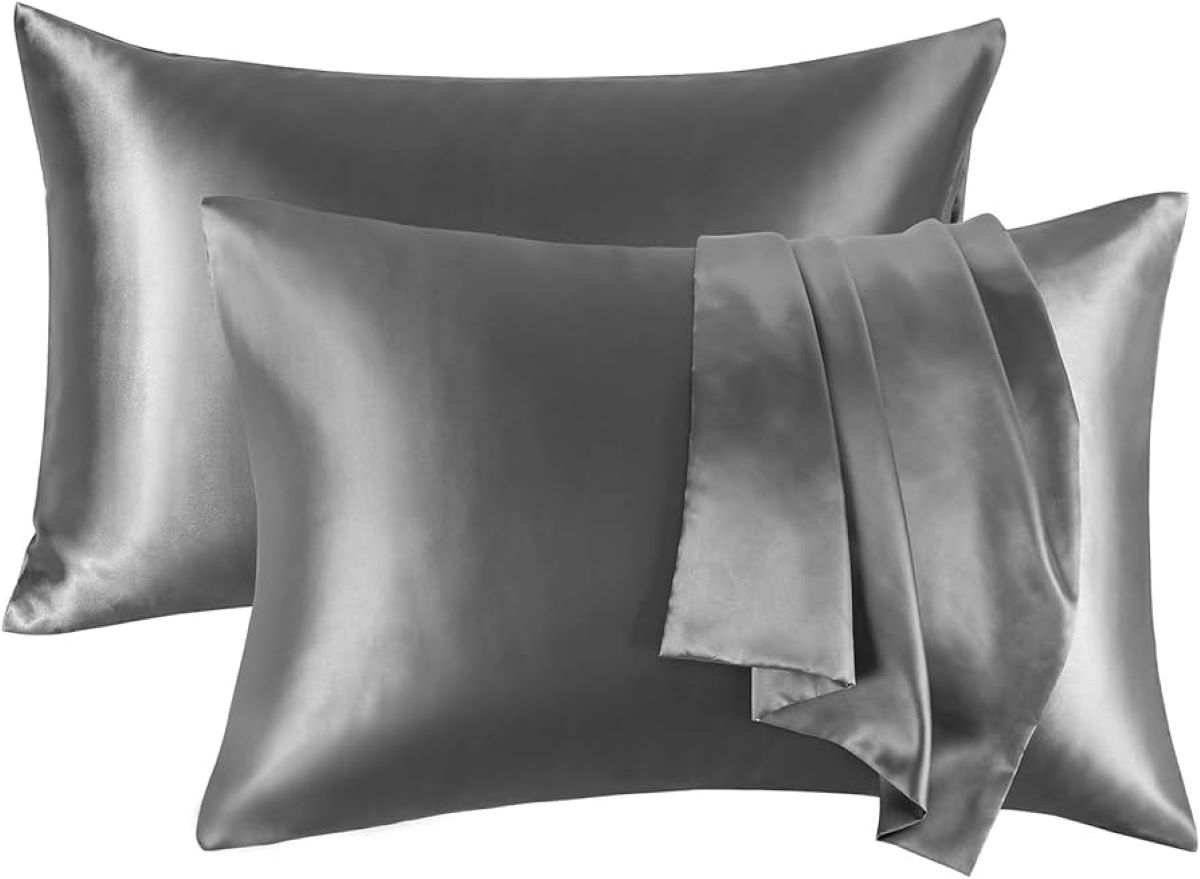
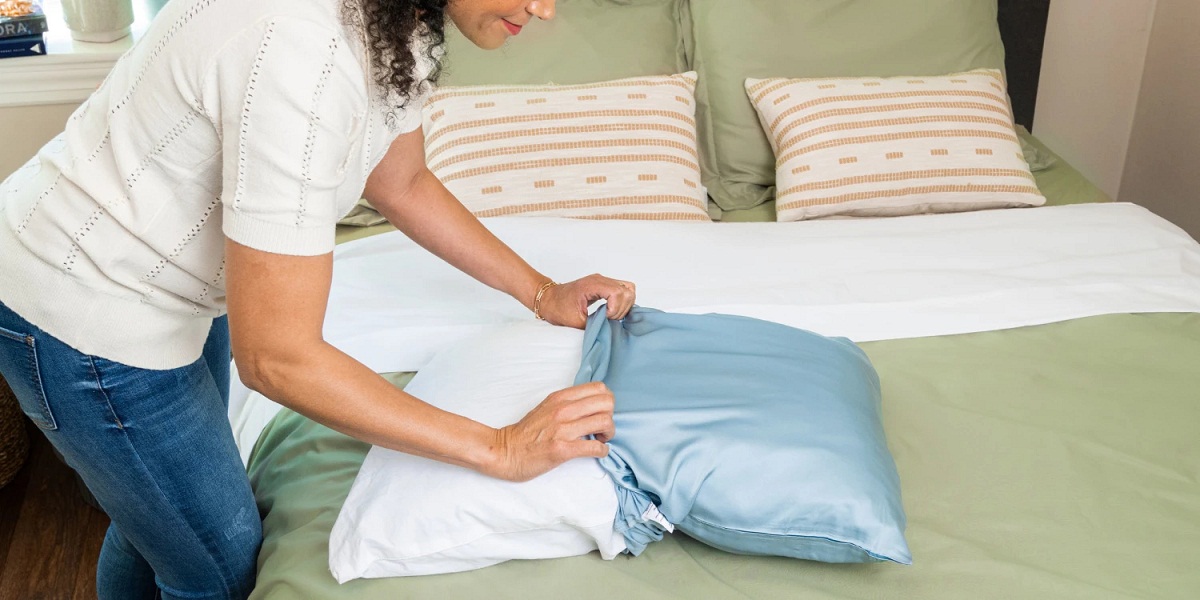
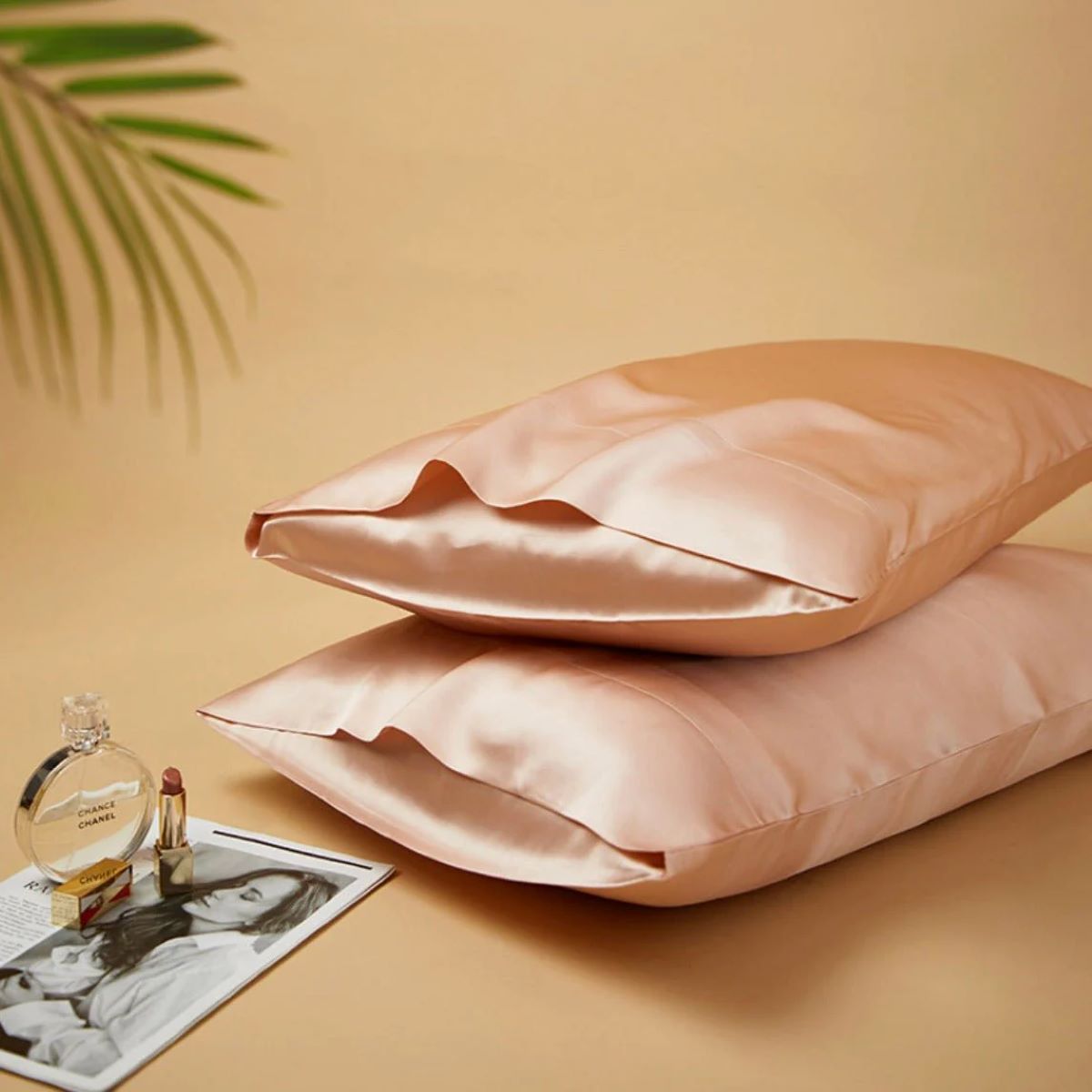

0 thoughts on “How To Wash A Silk Pillowcase: Laundry Experts Advise”